
The Canary Islands, also known as the Canary Islands, are a group of islands in the Atlantic with around 2.2 million inhabitants. Politically, the Canary Islands belong to Spain in Europe, but geologically they belong to Africa. The archipelago is located approximately 105 kilometers from the Moroccan coast.
The official language of the Canary Islands is Spanish and the euro is used as payment. The archipelago has two capitals, Las Palmas de Gran Canaria and Santa Cruz de Tenerife.
The seven large main islands of the Canary Islands include Tenerife, Fuerteventura, Gran Canaria, Lanzarote, La Palma, La Gomera and El Hierro. In addition, six smaller side islands and some uninhabited rocky islands belong to the Canary Islands.
The Canary Islands are mostly of volcanic origin with a subtropical climate. The islands are home to a large variety of specific plants and numerous species of lizards.
The largest cities in the Canary Islands include Las Palmas de Gran Canaria, Santa Cruz de Tenerife, San Cristobal de La Laguna on Tenerife, Telde and Santa Lucia de Tirajana on Gran Canaria, Arona and Adeje on Tenerife, Arrecife the capital of Lanzarote, San Bartolome de Tirajana in Gran Canaria, Los Realejos, La Orotava and Granadilla de Abona in Tenerife, Arucas, Aguimes and Ingenio in Gran Canaria, the capital Puerto del Rosario and La Oliva in Fuerteventura, Puerto de la Cruz and Candelaria in Tenerife as well as Mogan and Gädar on Gran Canaria. The capitals of the three other islands are Los Lianos de Aridane on La Palma, San Sebastian de La Gomera on La Gomera and the town of Valverde on El Hierro.
The Canary Islands live mainly from tourism, which is the most important economic sector of the archipelago, accounting for almost 40% of the total. Today, almost 16 million tourists visit the Canary Islands every year.
In addition, fishing, industry, agriculture, livestock farming and trade are carried out on the islands.
In agriculture, bananas, cucumbers, tomatoes, potatoes, wine, cut flowers and other tropical fruits are mainly grown.
The most important sights in the Canary Islands include the El Teide volcano on Tenerife, the Timanfaya National Park on Lanzarote, the Loro Park, the Siam water park and the “Pyramid of Arona” theater on Tenerife, the Caldera de Taburiente National Park on La Palma, the Corralejo National Park on Fuerteventura, the Garajonay National Park on La Gomera, the Auditorium of Tenerife, the Gabinete Literario of Las Palmas and the Cathedral of San Juan Bautista on Gran Canaria.
A long time ago, in December 2002, I traveled to Gran Canaria, my only visit to the Canary Islands so far. After the tourist hotspots around Playa del Ingles, Maspalomas and San Augustin were too crowded and hectic for me, I simply drove by car to the end of the island and found the small port town of Puerto de Mogan. I had a fantastic time there in a small, cozy and inexpensive hotel about 300 meters above the harbor. The harbor area is laid out like a U, consisting of many cozy and inviting restaurants with live music in the evenings, what a wonderful atmosphere.
Ultimately, I had a great time in Gran Canaria, maybe one day I'll visit the other islands.

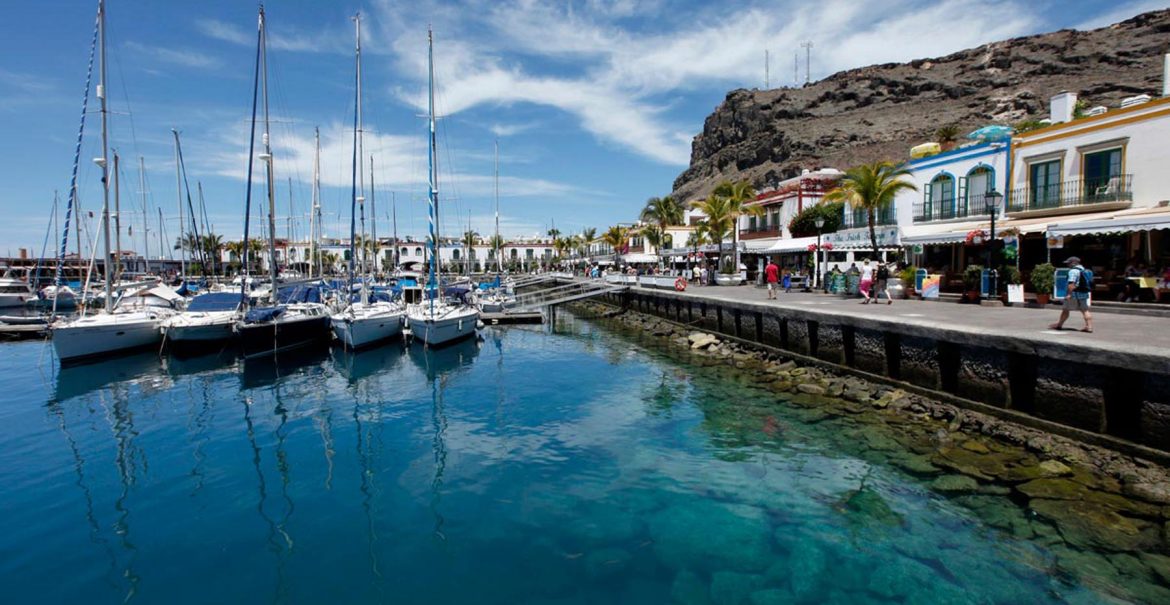

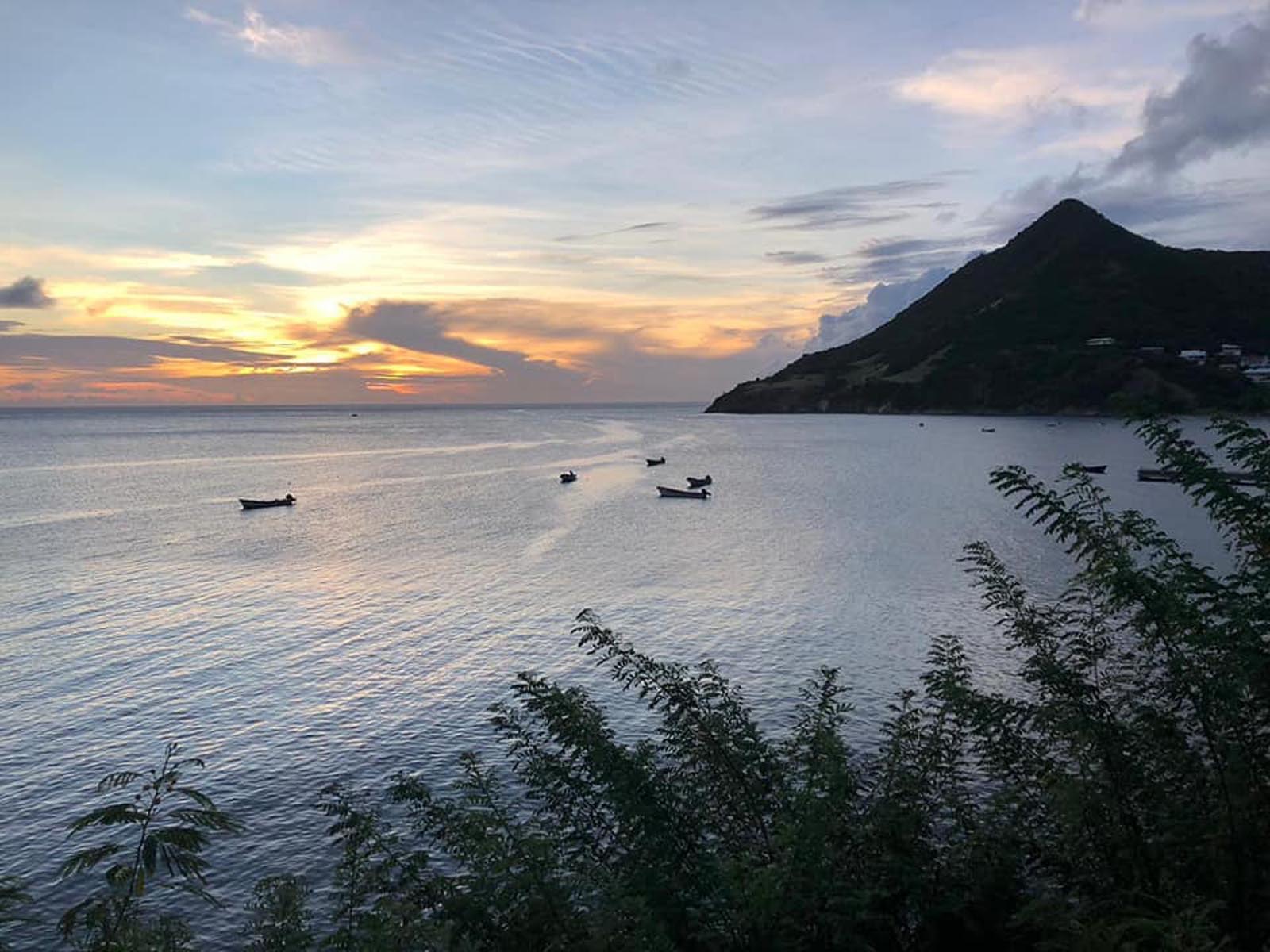

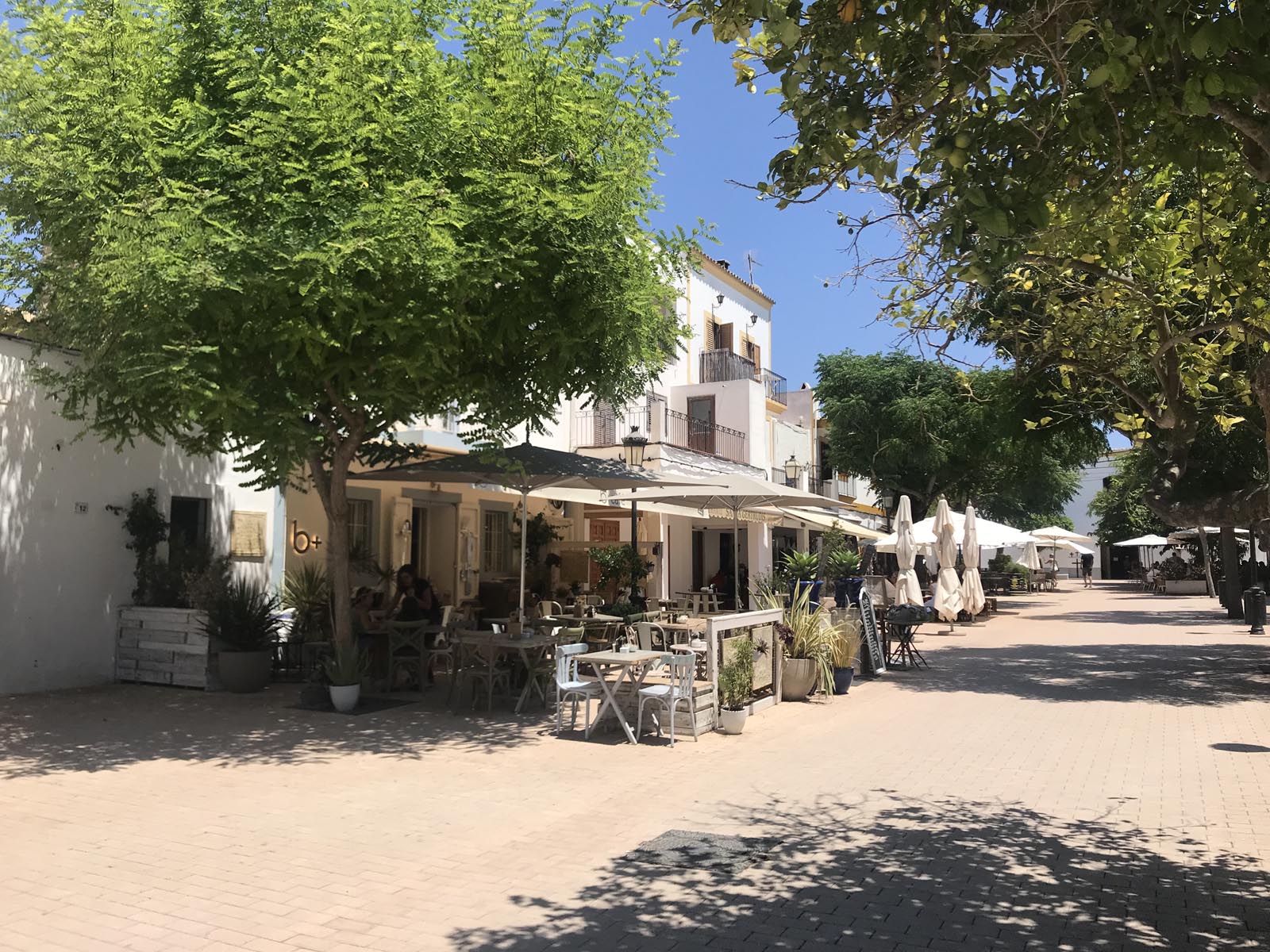



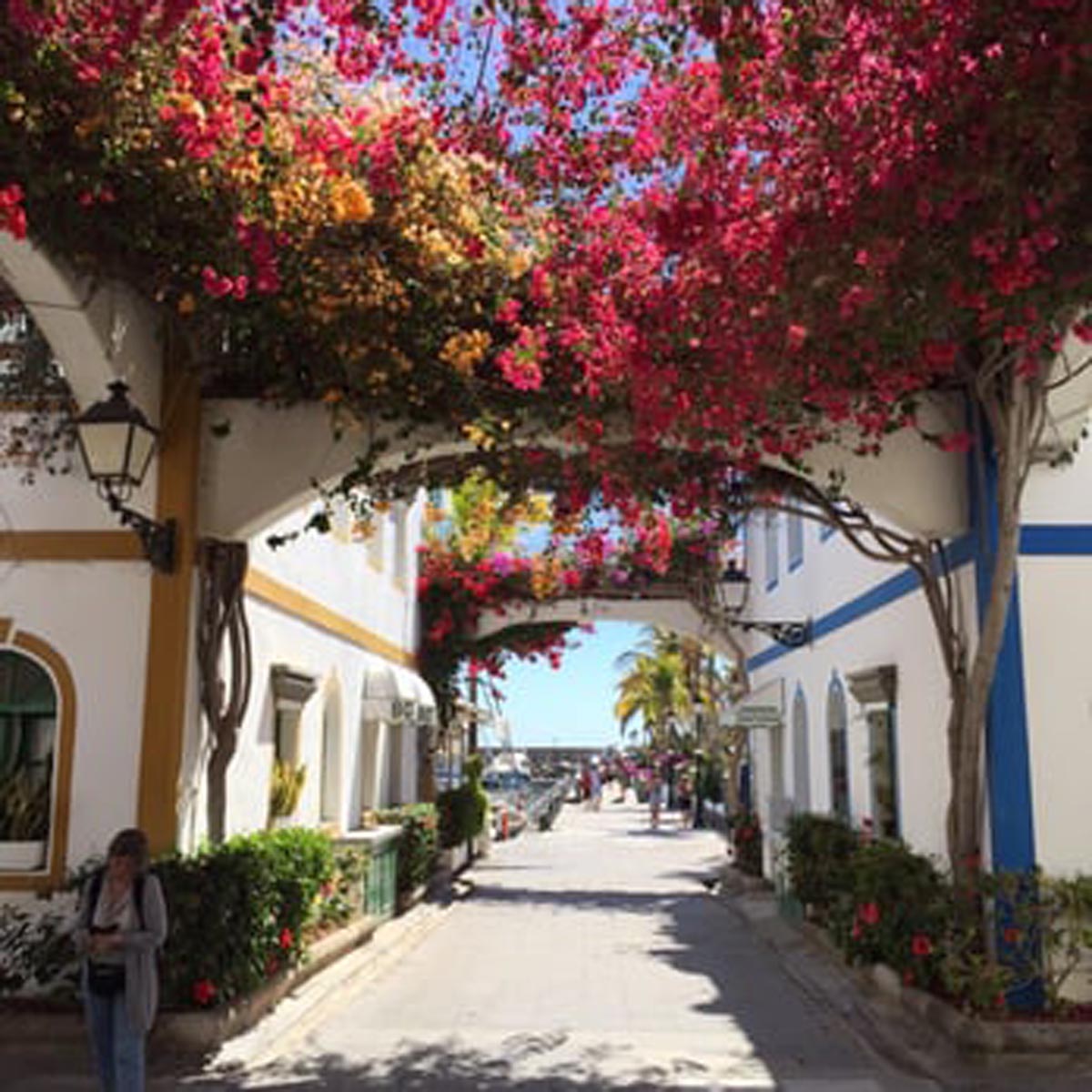
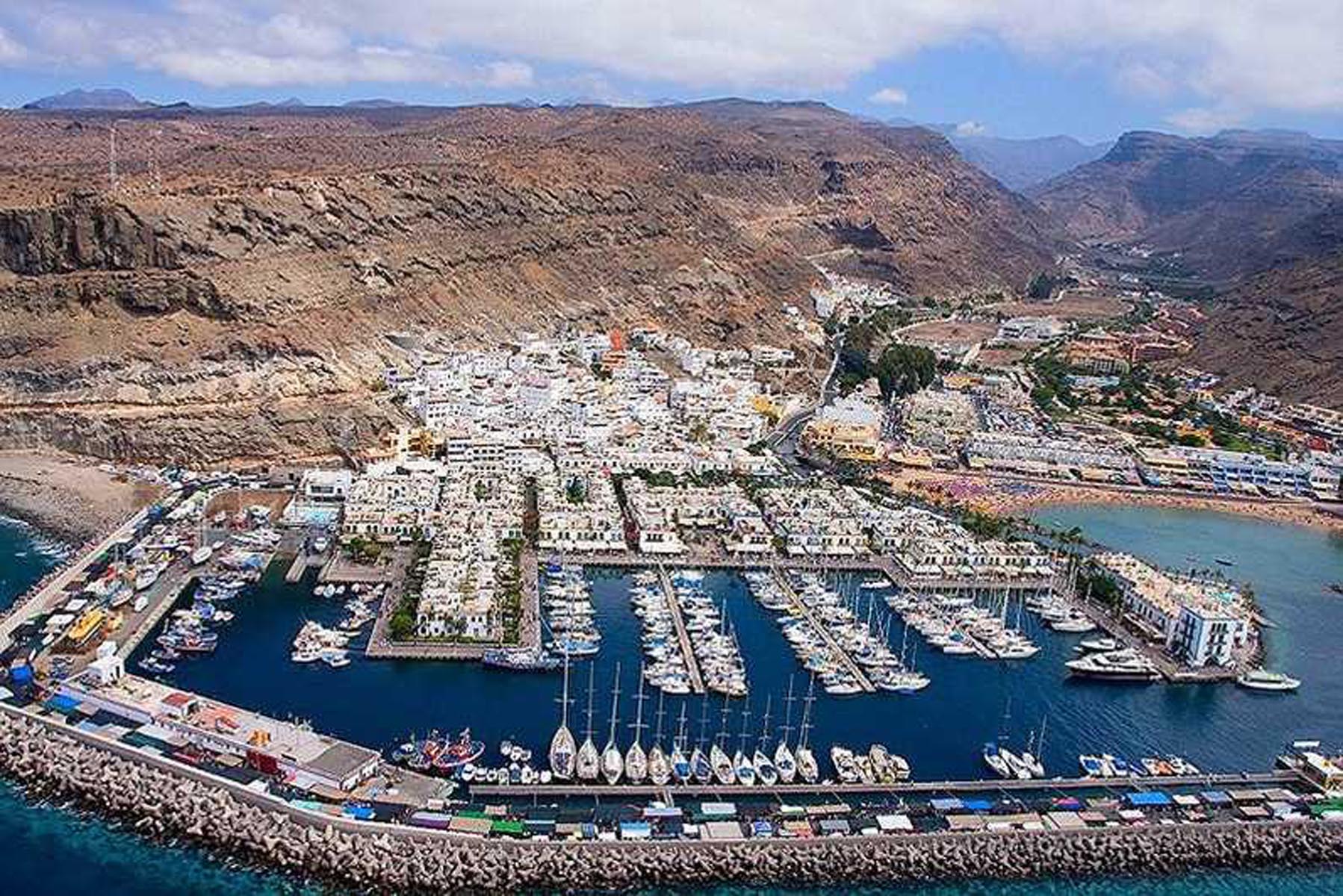
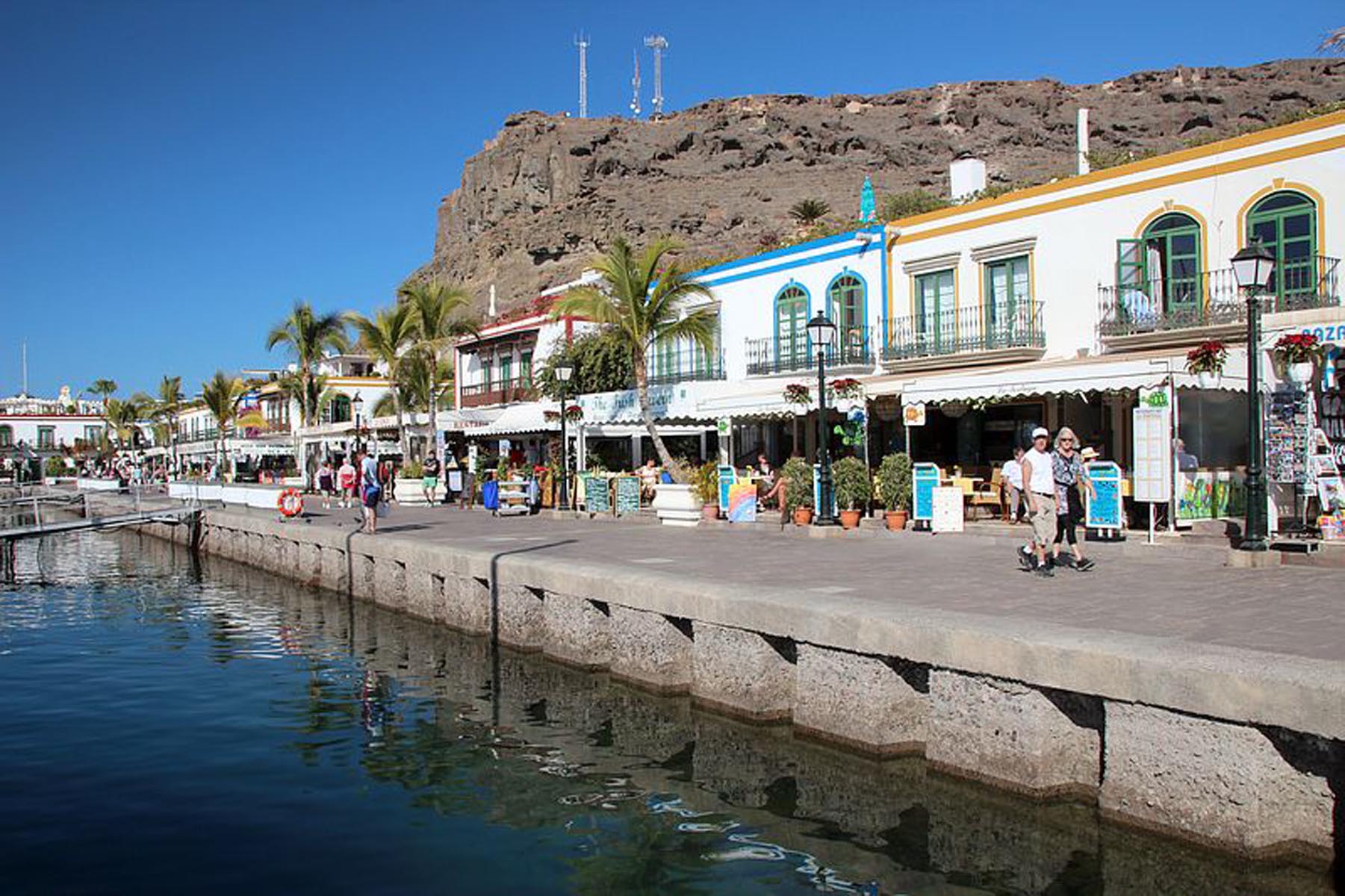
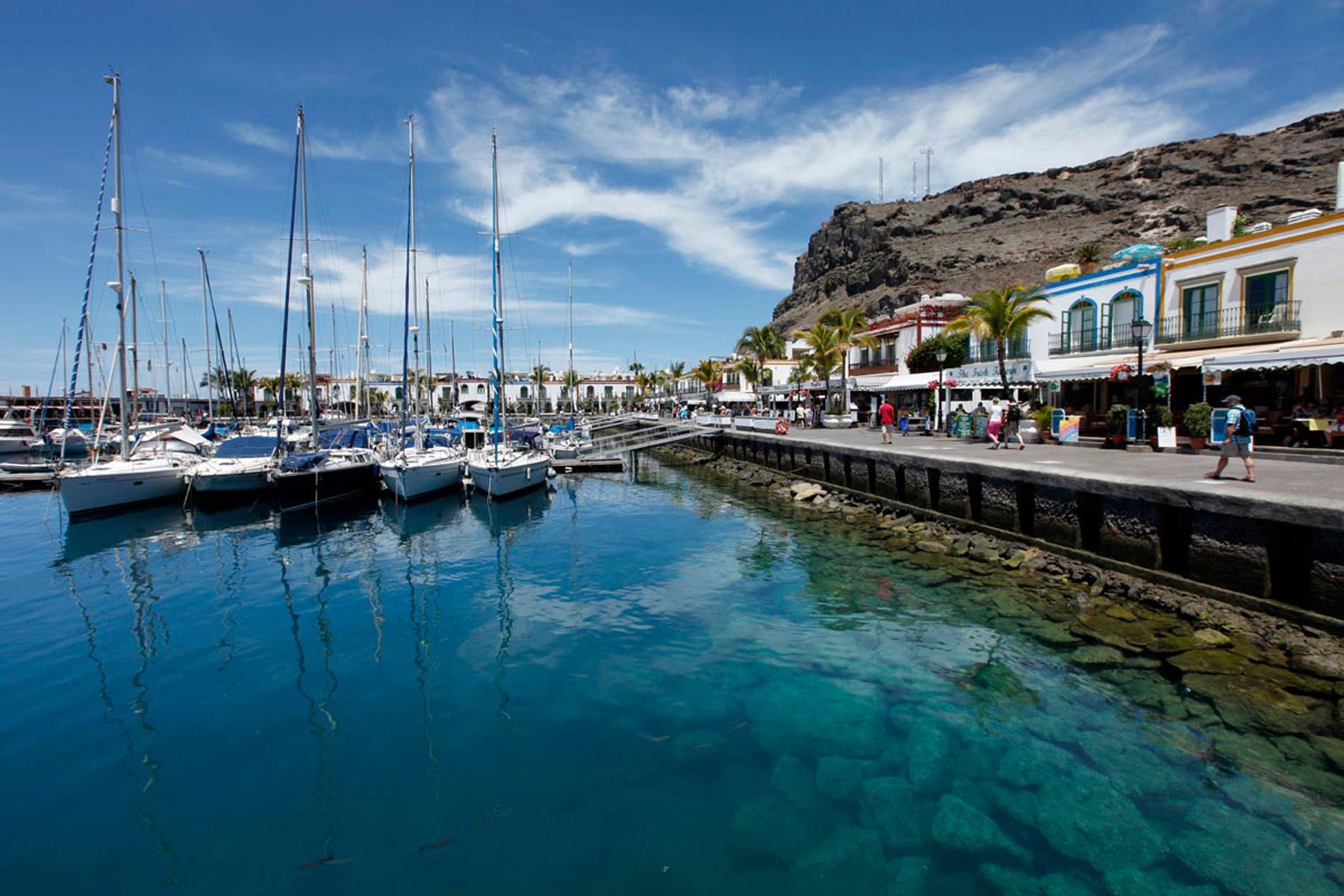
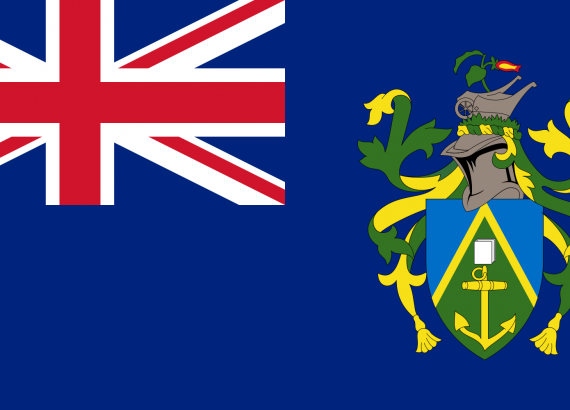
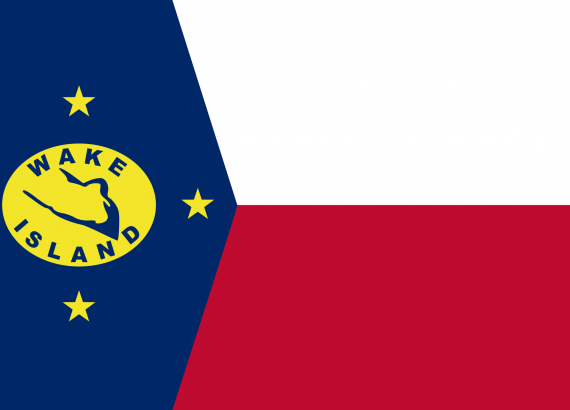
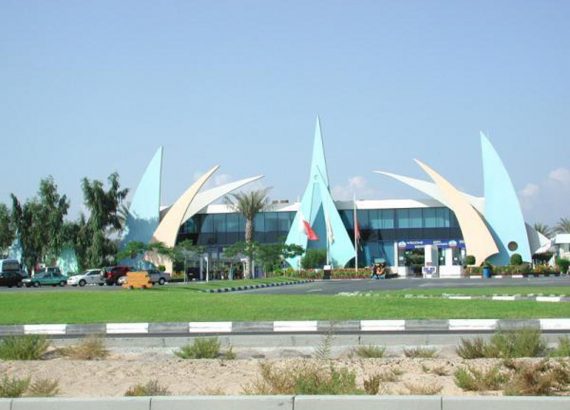
No Comments